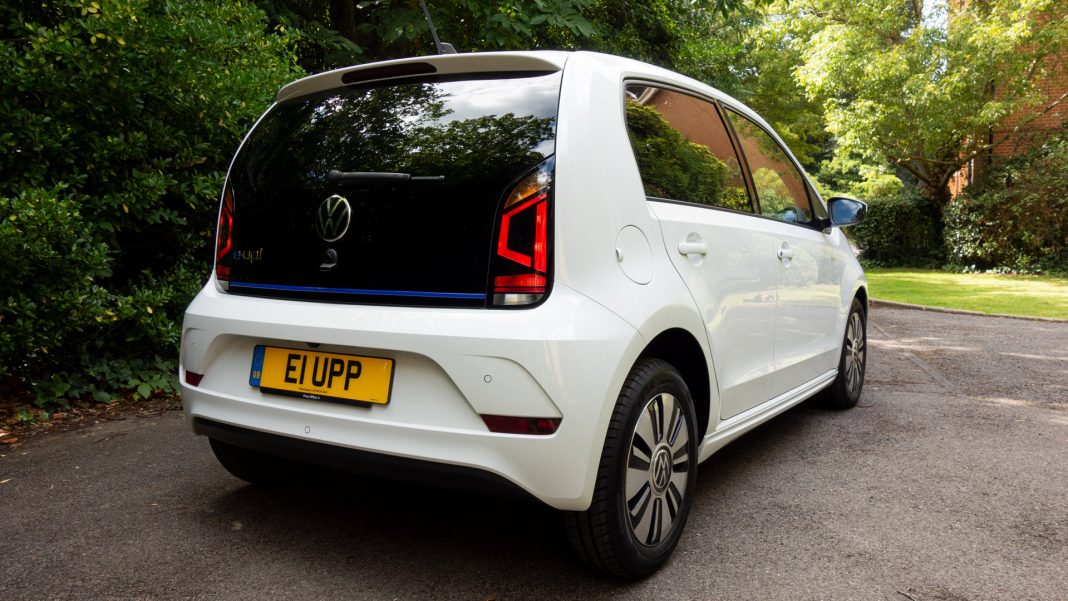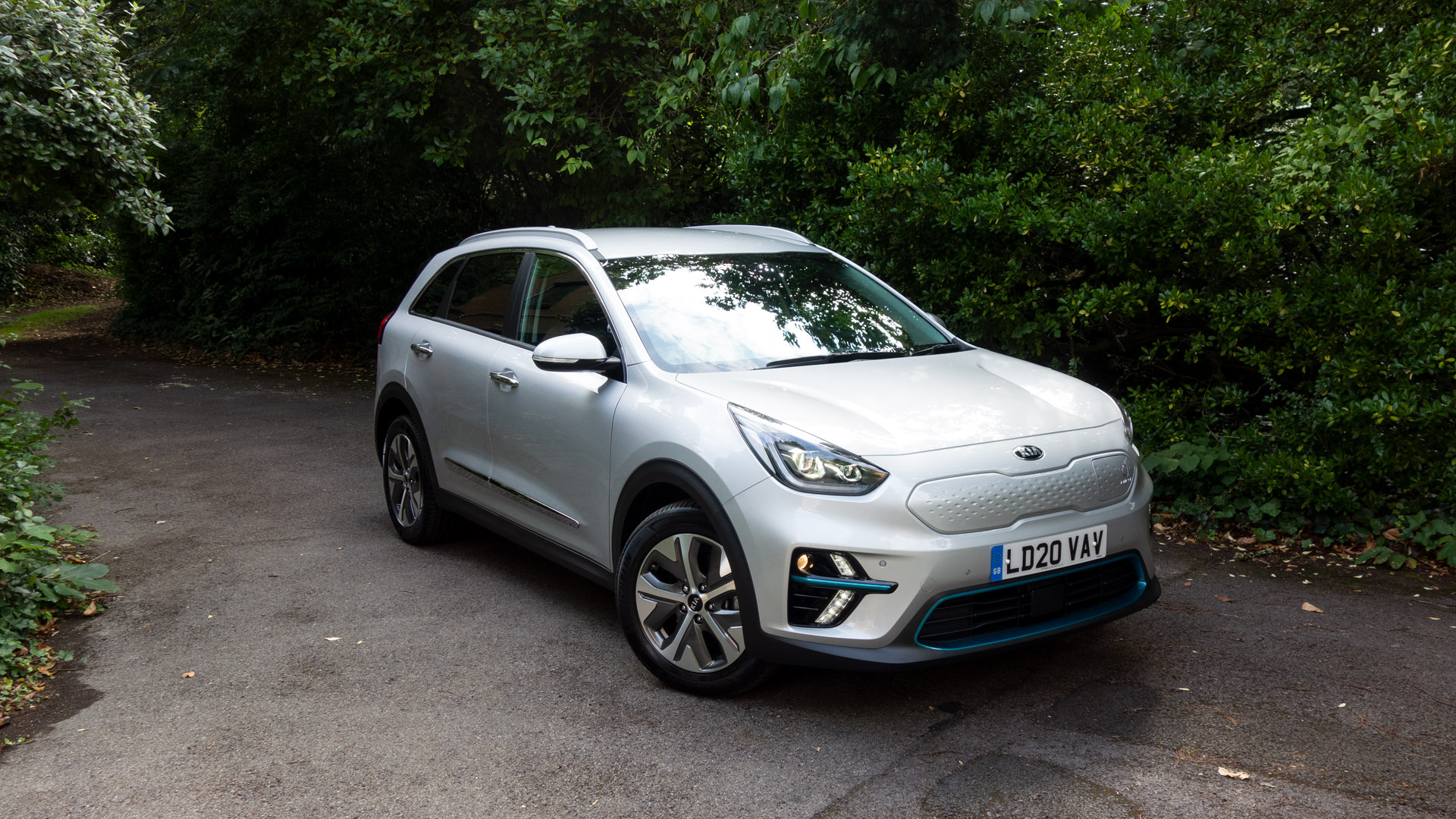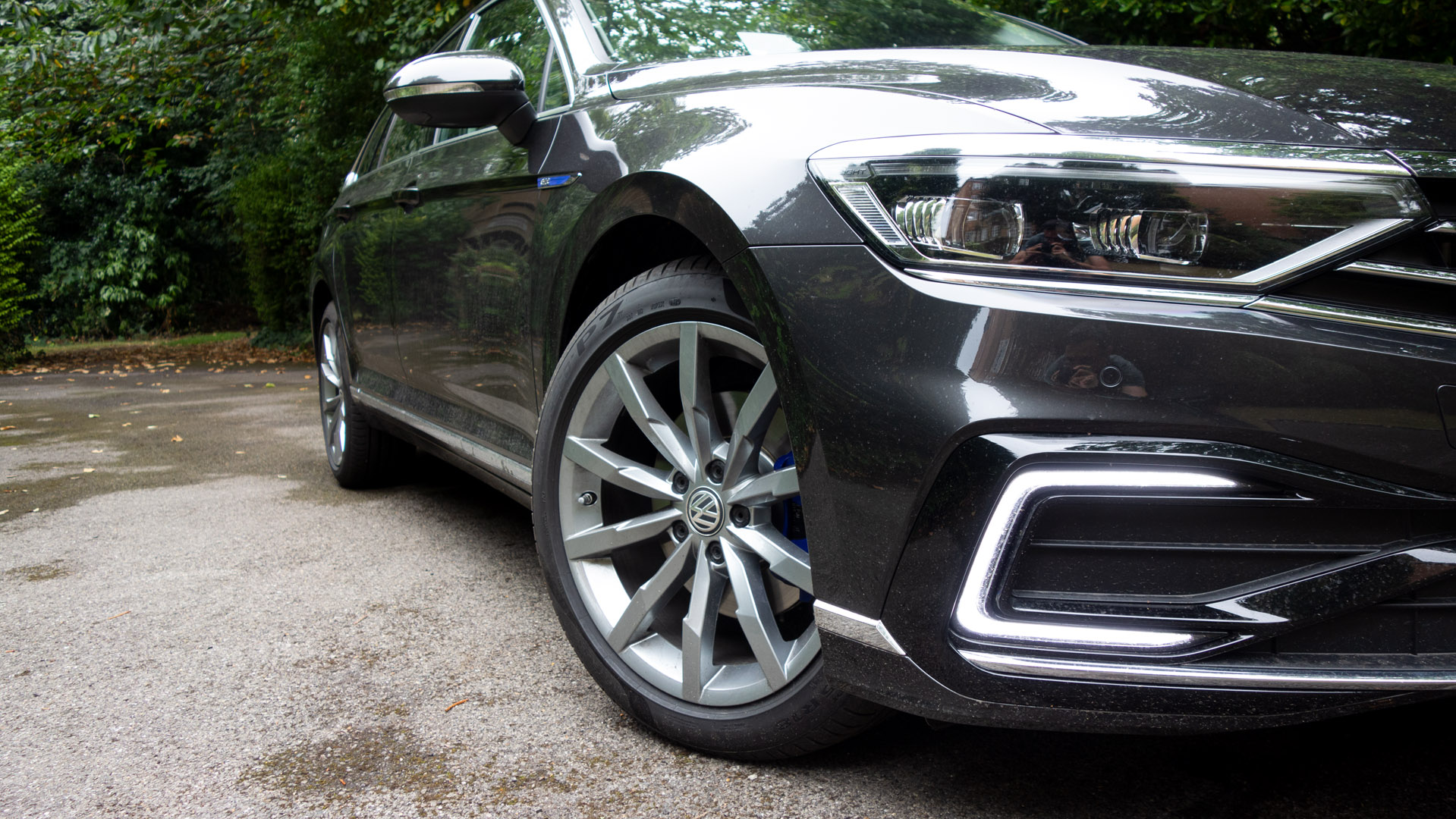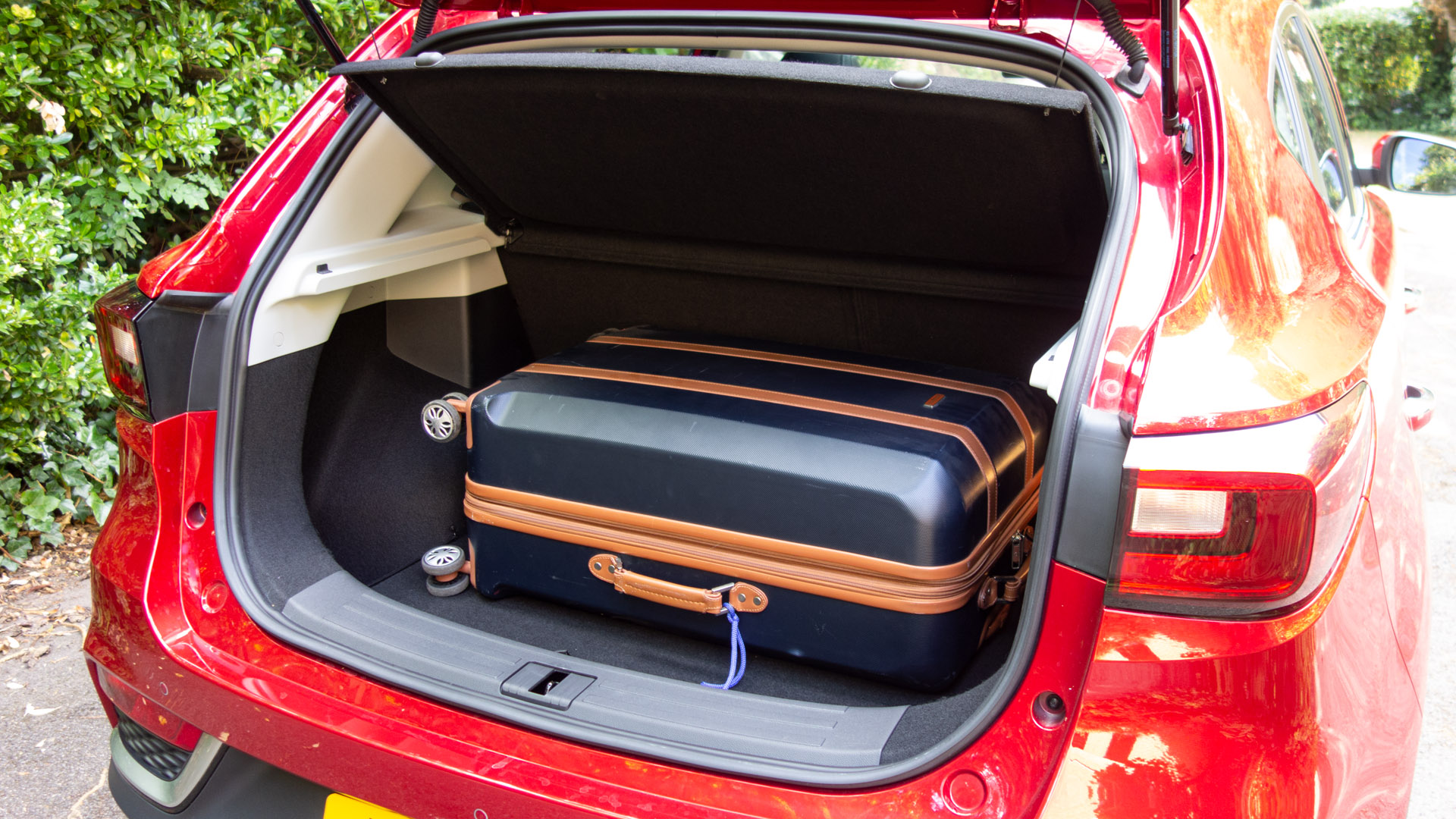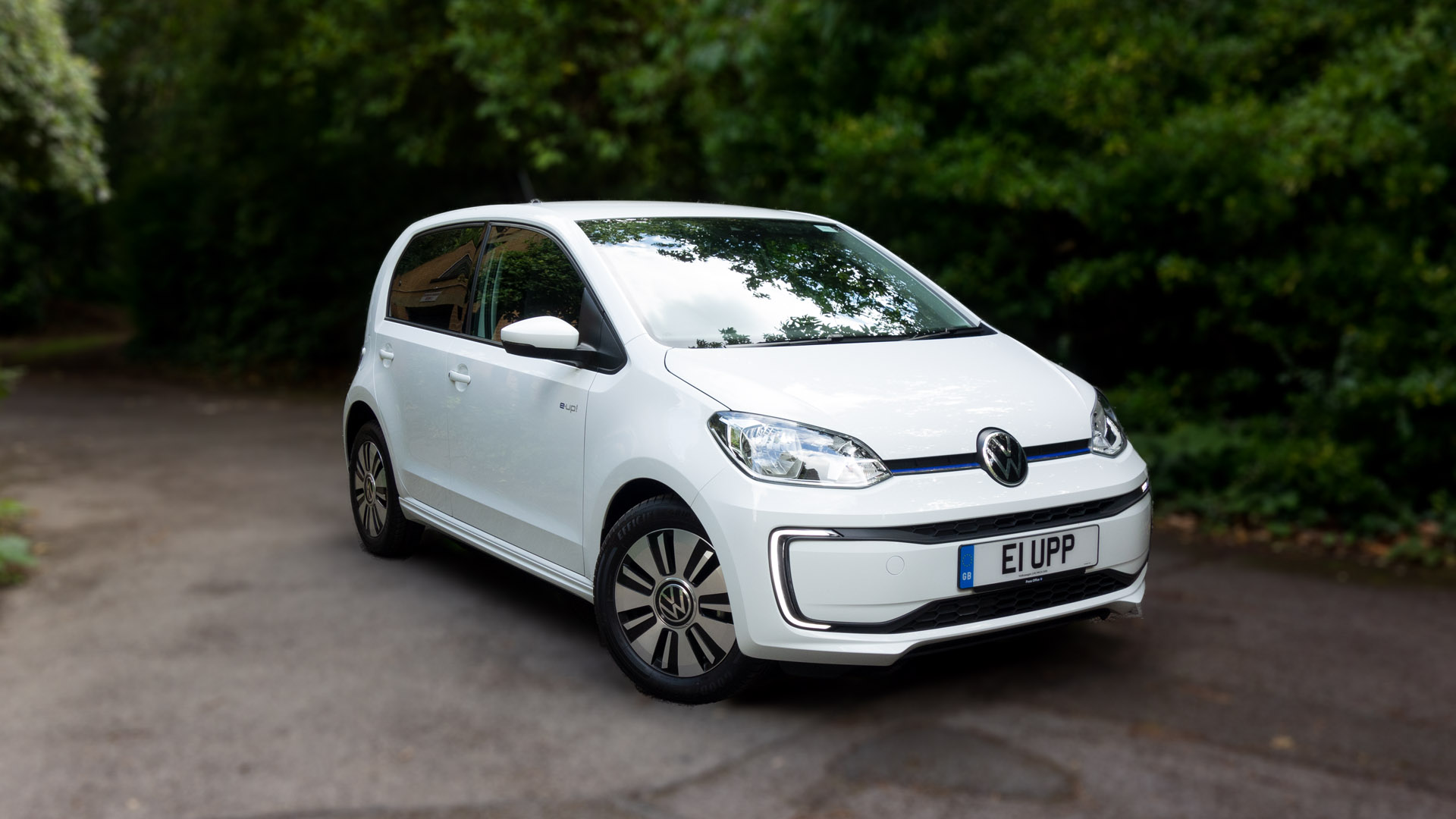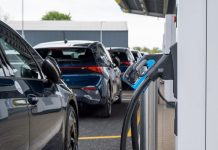Many countries have experienced several months of lockdown this year, and the International Energy Agency’s Global Energy Review for 2020 has predicted that this year’s worldwide CO2 emissions could be cut by 8% as a result. However, as the UK has started to reopen and we’ve all started to travel and shop a bit more, our carbon output has begun to bounce back.
Road transport is responsible for a fifth of the UK’s greenhouse gas emissions, according to the Office of National Statistics. So, if you want to do your bit to save the environment and stave off climate change, adapting the way you travel can be a great move. Of course, we could all cut our contributions by walking or cycling everywhere, but this simply isn’t possible for a lot of us. Instead, you might have to look at the way you drive and whether you could be more mindful in order to reduce your impact on the Earth. Here are my top five tips for greener driving.
TotallyEV reached out to Mark Barclay, from GSF Car Parts, to get his insight into how you can drive much smarter to reduce the impact your journeys are having on the environment.
Read next: Kia e-Niro review: The best all-electric SUV?
Consider whether you actually need to get in the car
Most of us can be quite guilty of jumping in the car to visit our corner shop or pop to see a friend who lives nearby. But, if we’re honest with ourselves, we probably have the time to walk there instead – you might just need to bring a coat.
Not only is walking where possible a great way to reduce your carbon emissions, but it can also be great for your mental wellbeing and might even introduce you to some new local spots you wouldn’t have found otherwise. So, next time you’re thinking about getting in your car for a very short trip where it probably isn’t necessary, consider whether you could travel on foot instead.
Buy a car phone mount on Amazon (Affiliate)
Check your tyres on a regular basis
If your car’s tyres are underinflated, your vehicle will require more power to turn them, which will have a negative impact on your fuel economy. So, it’s important that you check them regularly and add air when necessary.
All cars have their own recommended tyre pressure level, and you’ll typically be able to find this information in your owner’s manual or inside of the driver’s door. It’s very easy to check that your tyres are suitably inflated using a digital gauge, and you can top them up whenever necessary at a garage or petrol station.
Make sure your car is serviced regularly
If any issues with your car’s engine, fuel system, or exhaust go unchecked for any period of time, it’s likely your fuel economy will suffer. As a result, your journeys will become more expensive and less eco-friendly. Fortunately, it’s quite easy to prevent this: getting your vehicle serviced every 6-12 months should highlight any faults that need to be fixed, and carrying out your own regular maintenance checks between can make a huge difference.
Read next: MG ZS EV review: An affordable all-electric SUV
Remove any unnecessary weight from your car
It’s easy for clutter to build up in the boot and back seat of your car, but extra weight can have a negative impact on your fuel economy. So, once a week or so, take a look at what’s collected in your car and have a clear out. Doing a little bit of tidying every once in a while could have an impact on how much fuel your car uses, and can make your journeys more eco-friendly.
Read next: What is an EV? Everything you need to know about hybrid and electric vehicles
Think about making the switch to an electric vehicle
If you’re serious about lowering your carbon emissions, upgrading your car to an electric model is one of the most effective moves you can make. These are the most environmentally friendly vehicles on the market at the moment, as they produce no tailpipe CO2, NOx, or particulate emissions. They’re also relatively cost-effective to run and maintain.
The UK government actually plans to gradually phase out the sales of petrol and diesel vehicles by 2030, so it’s very likely we’ll all make the switch sooner or later. By doing so now, you’ll be ahead of the curve.
If you do decide to buy an electric vehicle, you’ll also need to install a charging point on the exterior of your home. Because the government wants more people to buy these cars, they actually offer grants for this, so it’s well worth looking into whether you’ll qualify. You should also pay attention to whether you’re going to have access to charging points in areas that you frequent, as well as at work.
Read next: Government car grant for electric cars: A complete guide on the PICG
Ultimately, we should all be doing our part to reduce our carbon footprint, and adapting the way we drive can be a very effective way of doing so. Take these tips on board and you’ll be a greener driver before you know it.
What type of car do you drive? Let us know in the comments below or via social media; we’re on: YouTube, Instagram, Facebook, Twitter and LinkedIn.

